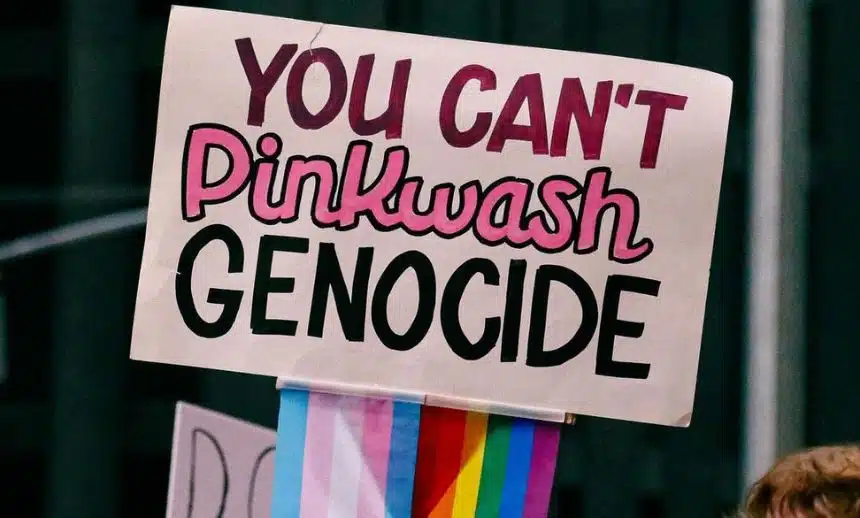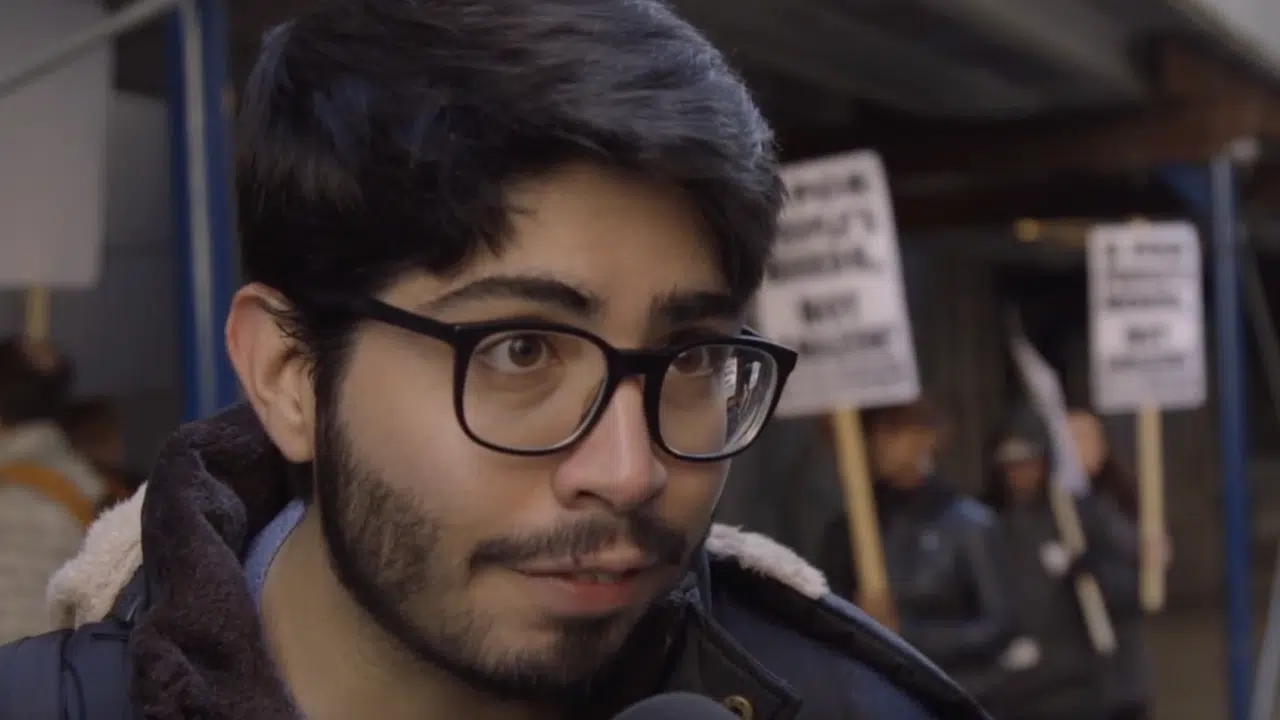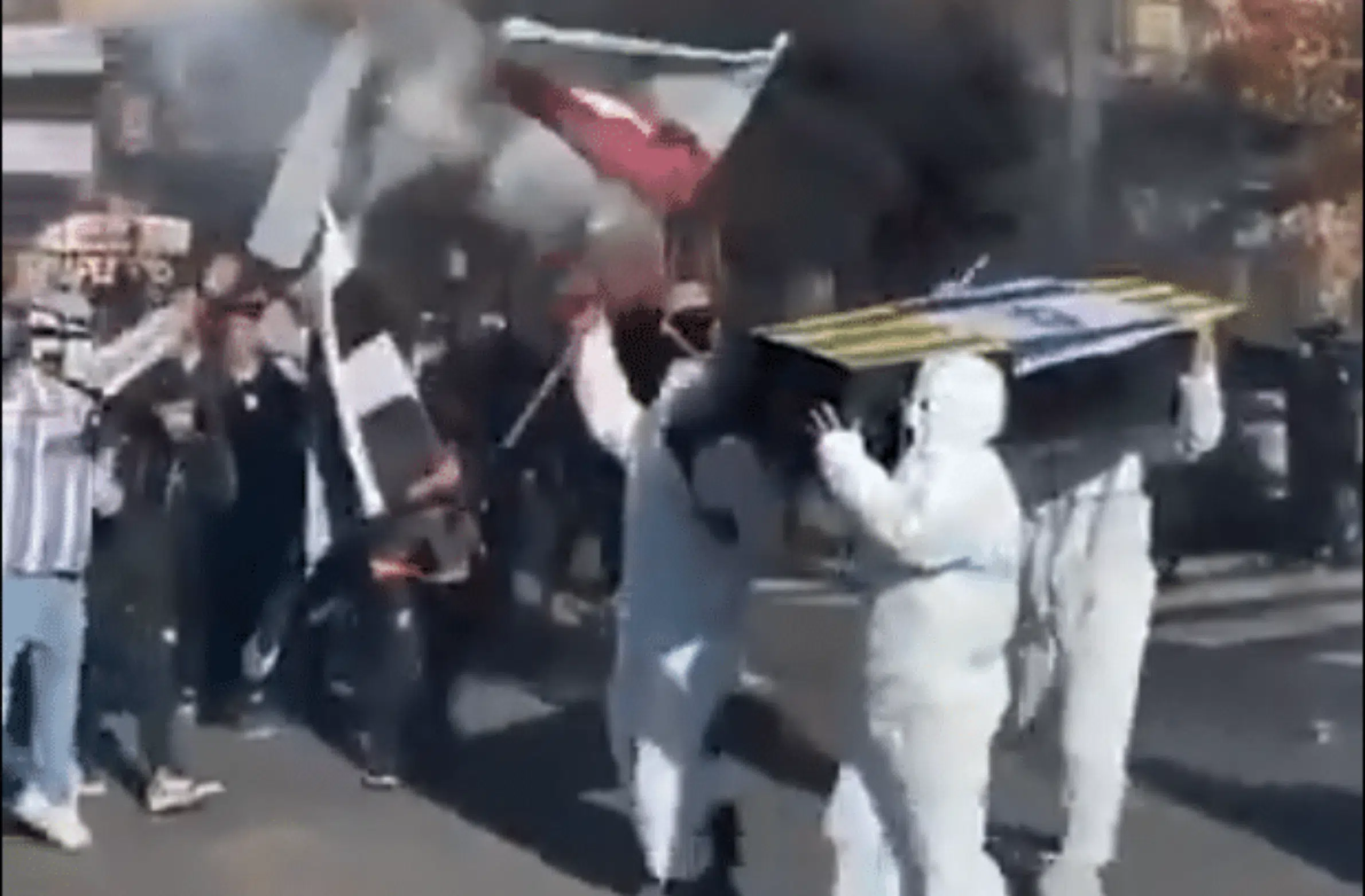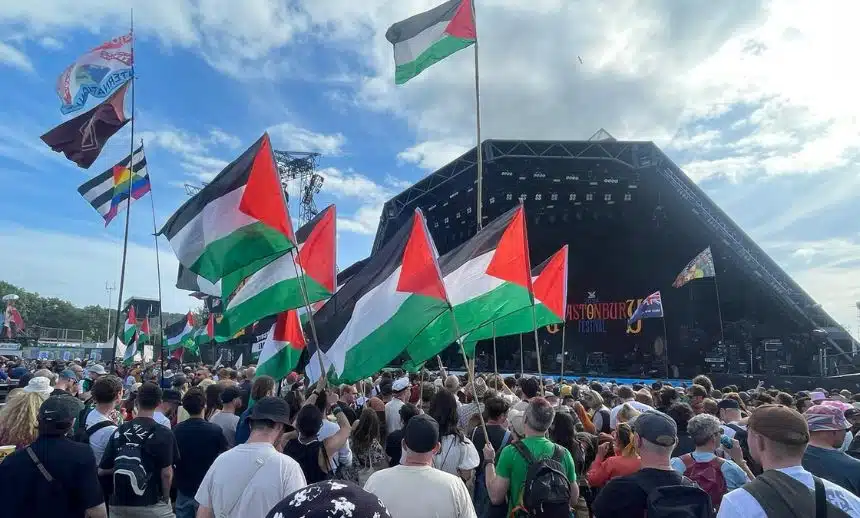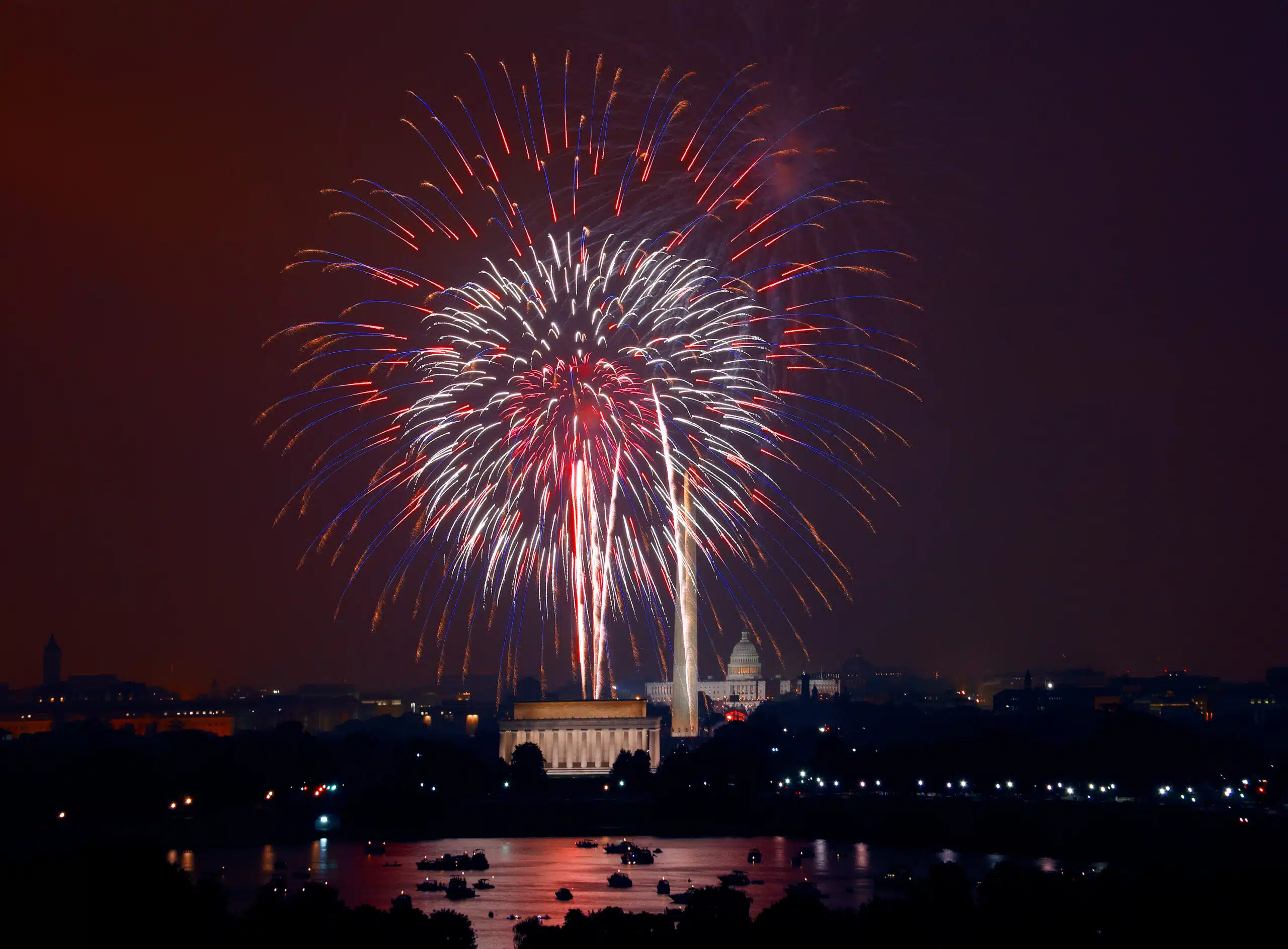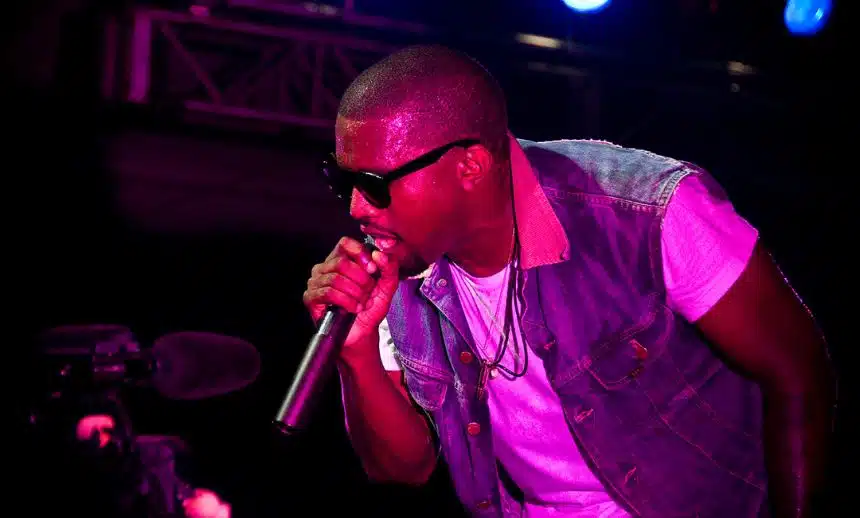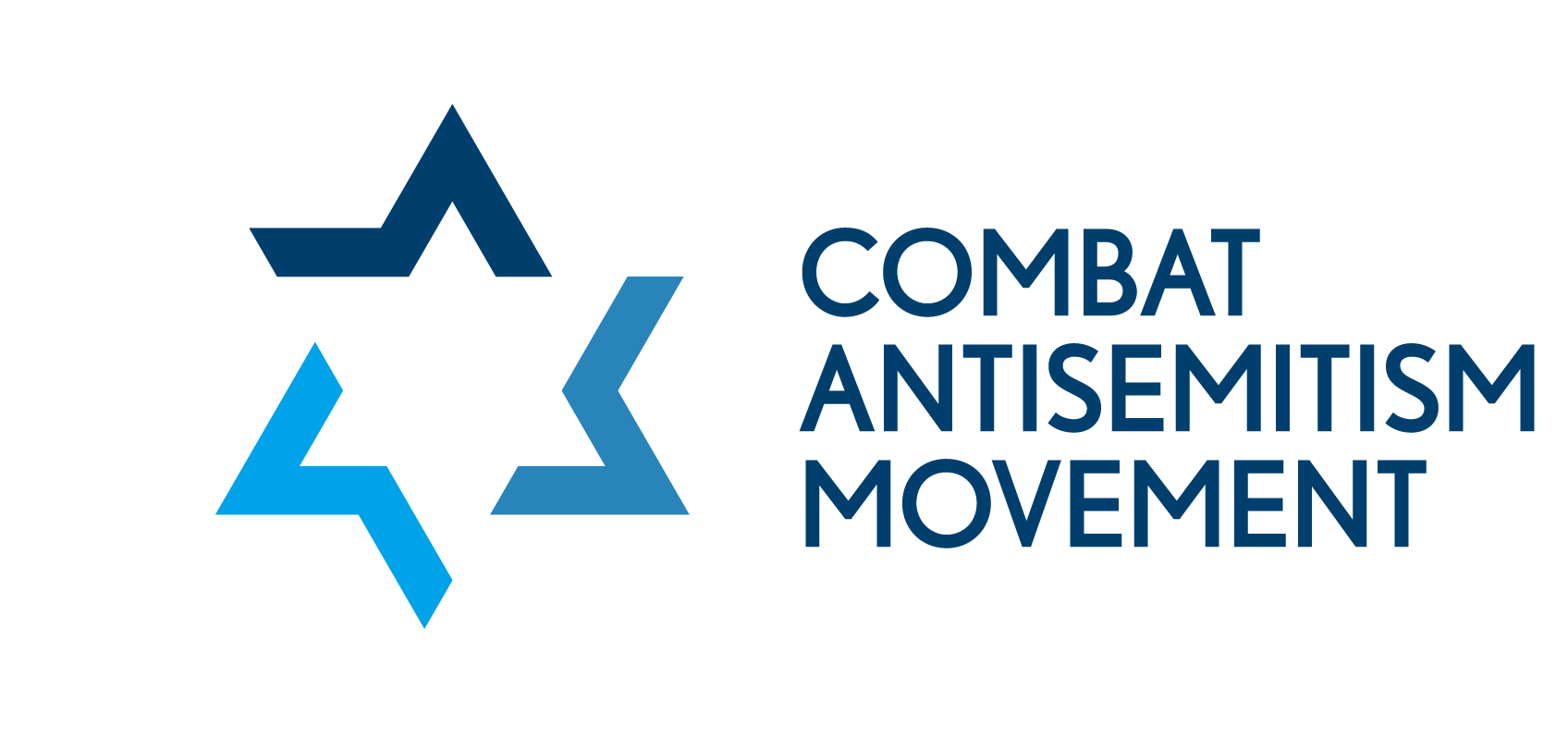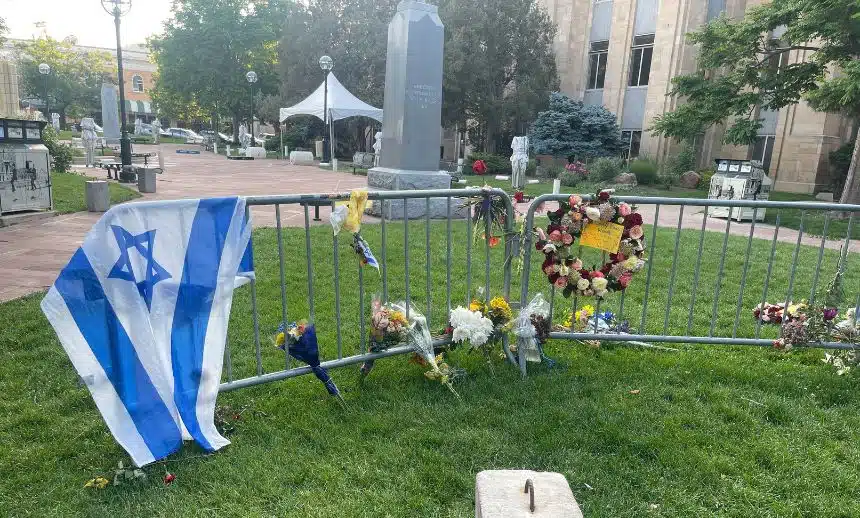
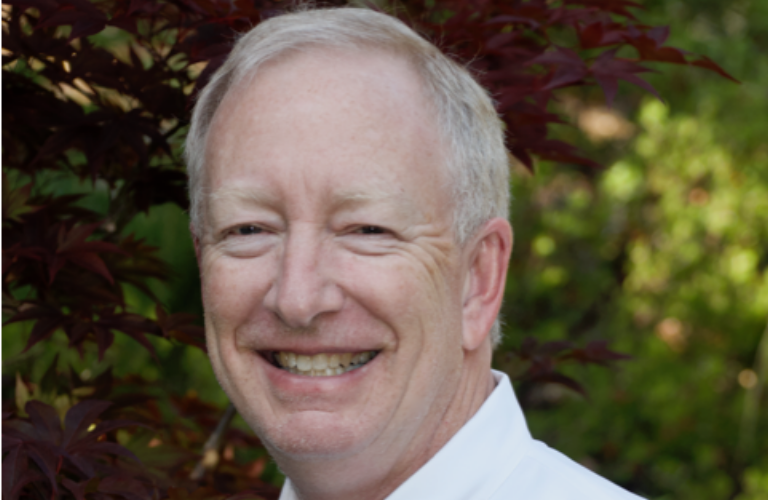
Anti-Semitism and Social Change in the United States: A Conversation with Marc Dollinger
Dr. Marc Dollinger currently holds the Richard and Rhoda Goldman Endowed Chair in Jewish Studies and Social Responsibility at San Francisco State University. Professor Dollinger is the author of four scholarly books about American Jewish history, most recently “Black Power, Jewish Politics: Reinventing The Alliance in the 1960s.” His next project traces his own experience fighting campus anti-Semitism at both right-wing and left-wing universities.
This month, the Combat Anti-Semitism Movement sat down with Marc to discuss a range of issues relating to anti-Semitism, social change, and race in America. In our discussion, Marc offered his valuable insights into the rise of anti-Semitism in the United States, the current relationship between the Jewish and African American communities, and reasons we should be hopeful for a better future for minority communities.
1. Is the anti-Semitism we are seeing now, different from the anti-Semitism we’ve seen in the past?
Sadly, anti-Semitism is anti-Semitism, wherever or whenever we see it. That said, there has been historical trends over time and place. For most of the period since 1945, we have not seen much anti-Semitism in the United States, or at least not enough to have a material impact on the totality of American Jewish life. During the 1920s and 1930s, we did witness a spike in domestic anti-Semitism as eugenics-based thinking and then the rise of Hitler and Nazism in Europe affected American Jews in negative ways. Perhaps the difference now is that we see an upsurge at a time when we otherwise would not have expected it. That is, the rise of white nationalism in the United States has paralleled an uptick in both anti-Semitic feeling as well as incidents.
2. What is the connection between the current social climate, race, and the rise in anti-Semitism?
Racism and anti-Semitism grow from the same place: white nationalism. As the United States (and much of the rest of the world) saw growing popularity of right-wing nationalist politicians, we saw an increase in anti-Semitism. The thinking that supports racist ideology against Blacks is the same that marginalizes Jews, as we watched when white nationalists in Charlottesville chanted “the Jews will not replace me.”
3. Jews and the African American community have been friends and allies in many ways. How did this current rift begin? Was it gradual or did it happen overnight?
I argue in my academic work that there’s a basic difference between the American Jewish historical experience and the African American historical experience. Therefore, tensions between the two communities were unsurprising. In fact, Joel Springarn, a Jewish founder of the NAACP, acknowledged as much in a 1914 speech. That said, both communities are broad and diverse, with some Jews risking their own physical health for the benefit of racial equality while other Jews either remained on the sidelines or, in some cases, even supported segregation. Add to that the growing communities of Jews of Color and these categories tend to break down fast. The well-publicized split in the mid-1960s was actually predicted by national Jewish organizational leaders years before, so it’s best to argue that the split was unsurprising.
4. A lot of the anti-Semitism we are seeing is coming from celebrities (in sports, the media, and beyond). What’s the connection between anti-Semitism, celebrities, and the cult of personality?
I don’t see a connection between anti-Semitism and the cult of personality. Instead, celebrity gives platform and with that platform, anti-Semitism gets broader publicity. This is true regardless of racial, ethnic or religious background. We will tend to hear about celebrities… because they are celebrities, and not because their views are really any different than anyone else’s could be.
5. There has been a strong amount of animosity between the two minority communities, it feels like we are at a tipping point. Have there been any bright spots or reasons for hope?
If anything, the current tipping point is a good one, with more and more white Jews understanding the dynamics of systemic racism, engaging in self-reflection, and searching for ways to help. I have hope as a result of the protests after the murder of George Floyd, and especially the inter-generational, inter-racial, and inter-religious nature of the response. It also grew in cities and towns that don’t typically experience this sort of protest. Un-doing the systemic nature of racism is a huge task and there will be many challenges ahead. Still, this is a moment that seems better than even in the 1960s.
6. What can be done to heal the wounds between the Jewish and African American communities we are currently seeing?
As a historian, my field isn’t in healing wounds. That I leave to those in social welfare or social science fields. Still, recognizing that there are Black Jews for whom the question plays differently, a deep sense of empathy gets healing started and then action begins to bring the sort of systemic changes necessary.
Please visit https://marcdollinger.com/ to learn more about the important work of Professor Dollinger as he seeks to fight anti-Semitism and promote inter-racial understanding through education.
read more
Join Our Newsletter
Free to Your Inbox
"*" indicates required fields

